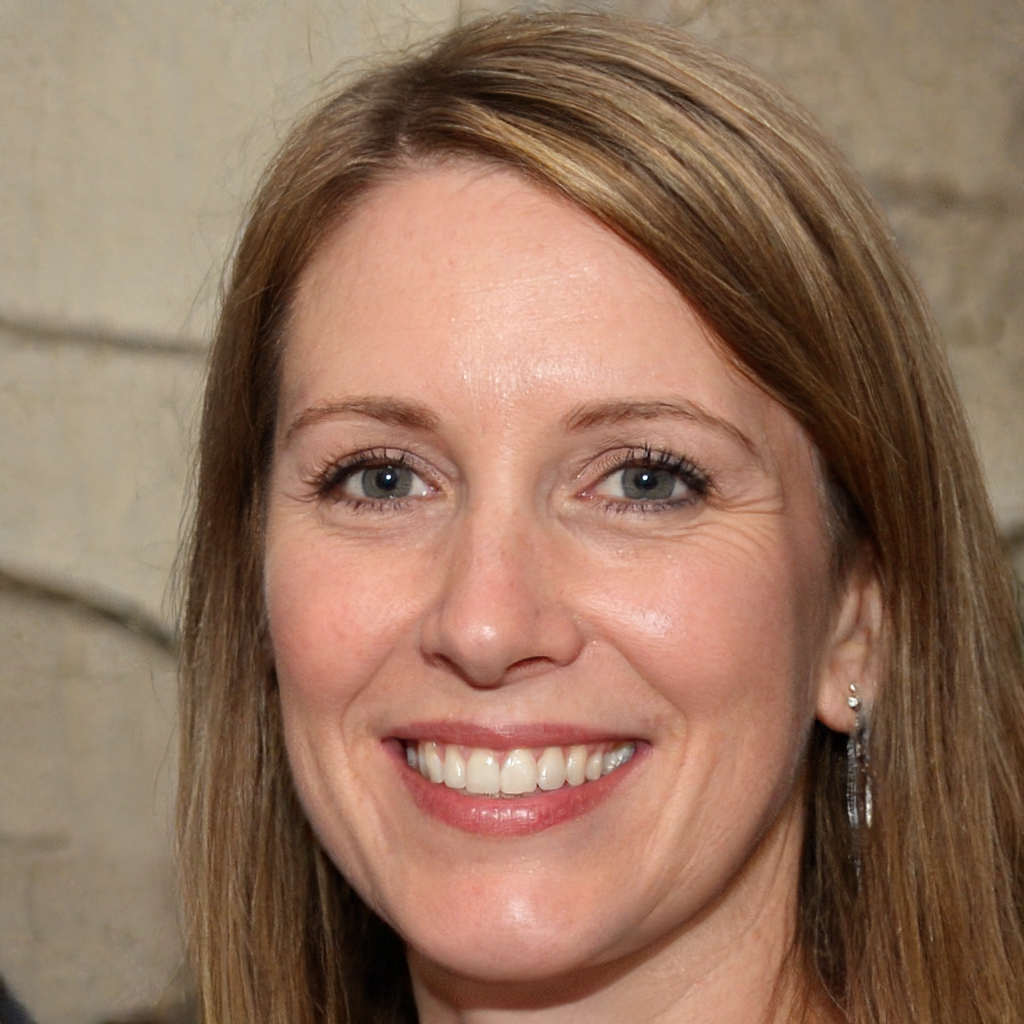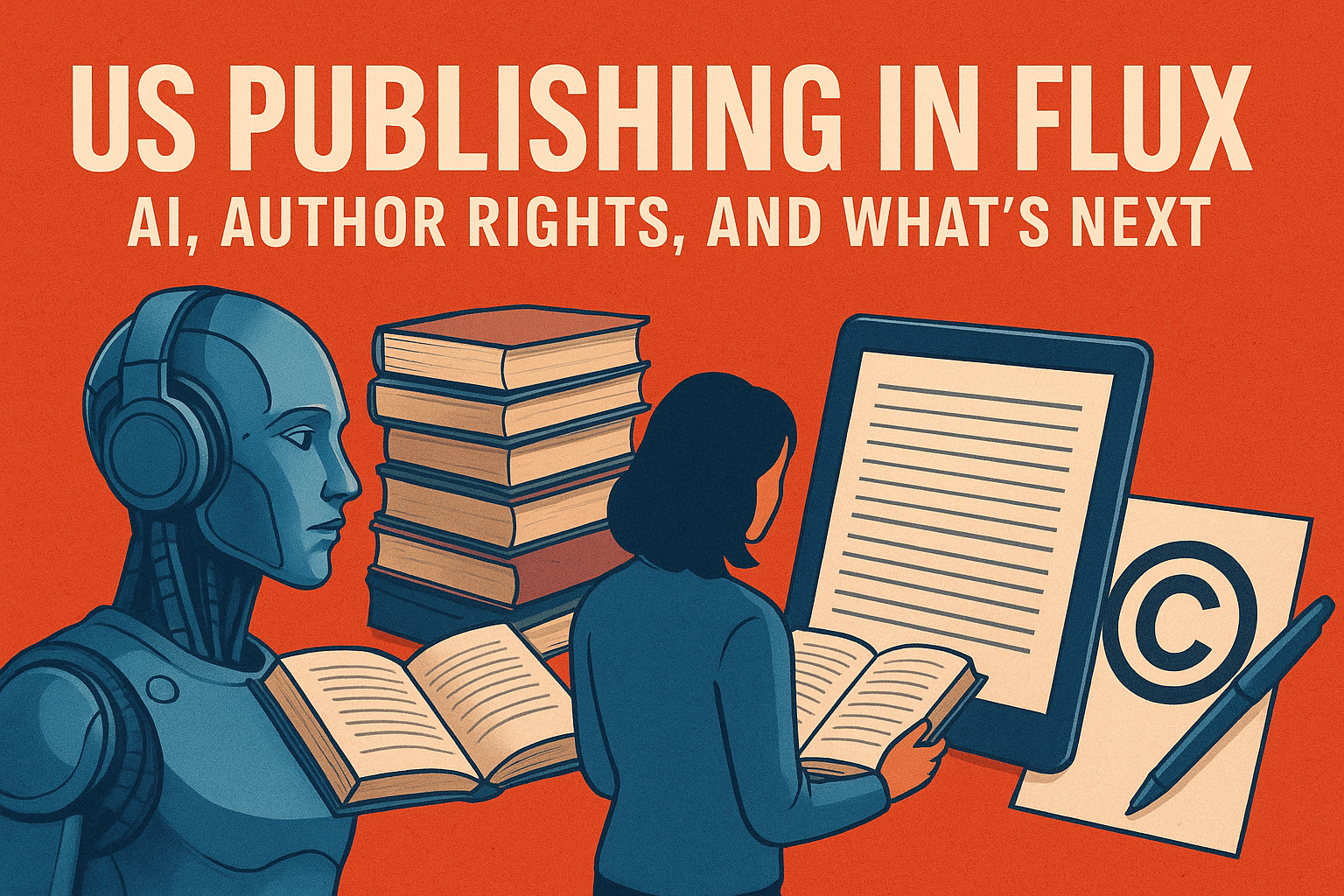How to Self-Publish a Book in 2024: Your Guide to Self-Publishing

You’re reading this because you’re looking for a guide/tips on how to write a book and how to publish a book yourself. And why not self-publish?
For many authors, especially first-timers, self-publishing is the way to go for these reasons:
Higher margins. Traditional publishers have to take their cut. Without them, you can earn more from your book sales.
Space for diversity. Literary agents or publishers can hinder the publication of a book that may have been popular, or at least secured its author a fanbase.
Author control. You will have full control over the publishing process and own your work.
Access to quality resources. Innovations in publishing technology can also work for you — from book design to printing to distribution — just as they do for authors who are published by traditional publishers.
Yes, it’s a wonderful time to be a self-published author. You’ll have plenty of options when it comes to publishing services, marketing tools and strategies, distribution channels, fanbase/community building, and so on.
Are you ready to embark on the journey?
Here are our 10 must-not-be-skipped steps in self-publishing a book:
1. Write a publication-worthy book.
Write a publish-worthy book. This first step is no baby step, and you must take all the time you need to ensure your finished product will be read by your target audience. This step requires the following:
A clear purpose for writing your book
A well-defined audience
A clearly drawn outline
Consistency and discipline (i.e., a realistic writing schedule)
An aptly chosen book title
A note on book title: Choosing a book title is not restricted to a specific step. You may choose a title for your book at any time before publishing. Even before you start writing, you may already have a title, or you may already be brainstorming it. Conversely, you may go through the whole writing and revision process without having decided on a title.
As for the book itself, you will need to have a compelling and preferably evergreen subject matter or story to tell. Prioritize timeless themes and ideas and then tackle them from an interesting angle. These include themes of personal growth, the triumph of the human spirit over life’s tribulations, pursuit of happiness, parenthood, modern love, and so on.
Check out our guide on how to write a book that gets published.
2. Revise, edit, proofread (preferably with the help of professionals).
Revision is a must. Many authors do more revisions than actual writing, going through the revision cycle as many as three to five times. Some even more than that. (Perhaps you’ve already come across the suggestion that Stephen King goes through ten drafts before he has a final draft?)
The smart approach to revising your first draft is to take a break between finishing the draft and starting your revisions. Take as long as six weeks, where you don’t touch your draft at all and preferably do other things that are not related to your book.
During the revision process, you can hire an editor. Generally, the levels of editing are as follows:
Substantive or content editing. This is ideal if your draft requires serious attention. Issues can include lack of overall coherence, problematic treatment of character dialogue, missing information and inaccuracies, believability problems, and the like.
Line editing. Line editing is best for manuscripts that need clarity and consistency at the sentence and paragraph level. The focus here are syntax, style consistency, coherence and grammatical accuracy.
Copyediting. This involves minor edits to fix isolated issues with sentence structure, word usage, narrative flow, and tone and style.
Proofreading. This is the most basic and doesn’t go beyond spelling, grammar, punctuation, and simple fact-checking and checking for consistency (e.g., names of characters throughout a story). Ideally, proofreading should be done only as the final check before your book moves on to layout and design.
You may not need to hire an editor for all levels. Many authors do the substantive/content and line editing themselves during revisions of their first draft and second drafts (or third and so on). After that, you can then hire a copyeditor to polish your manuscript. Or you can use your publishing company’s copyediting services.
3. Get your book design sorted.
The design work involves two processes: cover design and interior design. Your book’s design will play a significant role in marketing your book and your readers’ reading experience, so be sure to make smart choices. This includes hiring or collaborating with a professional book designer.
Cover design
Front cover. Together with your book’s title, your book’s front cover determines readers’ first impression. Keep two things in mind when it comes to book covers: Be unique, but also, be consistent with established design choices within your genre. For example, a playful font may not be the best option if your book is about laws on date rape.
Back cover. The common elements included in the back cover are book review excerpts, book description, author bio, and the barcode. Study these elements to make sure that your book will fit in
Colors. This includes everything from font color to the overall color tones in the cover, including those in the image or artwork used).
Trim size. This is your printed book’s height and width. For most US books, the trim size is 6" x 9" (152.4 x 228.6 mm). Books of more than 6.12 inches (155.5 mm) or more than 9 inches (228.6 mm) in height are considered large trim sizes.
Spine. Book spines often contain the title, author’s name, and publisher logo. One of the most important things to consider here is how visible your book will be on the shelves, so your choices in color and font for your front cover should translate well to your book spine since these elements need to be consistent.
Do your research on cover design for books in your genre, taking note of what works and what doesn’t. Then communicate with your designer to make sure you don’t waste time choosing and discarding a huge number of elements. Remember, your book cover should make your book stand out — in all the right ways.
Interior design
This part of the design process is all about creating a professionally published book. In typesetting (i.e., book formatting), rules — or established industry practices — for word breaks (hyphenation), widows (last words or short last lines of paragraphs falling at the top of a page or column), orphans (first lines of paragraphs set as last lines of a page or column), and various other elements within a book must be observed to ensure easy readability.
4. Finalize all the metadata.
This consists of descriptive information, in particular:
Book title. When brainstorming a book title, you’ll want one that’s memorable: funny and clever, evocative, or dark and mysterious. It shouldn’t be too long (or at least if it’s long, the short form will still be interesting and memorable). To come up with a unique title, aim for something that’s specific to your story or personal experiences. Since book titles are not copyrighted, it’s possible for two (or more!) books to have the same title. Nothing wrong with your book having a similar title with another book, but ideally, it shouldn’t. Lastly, consider whether your book title is searchable. You’ll want the search engines to work for you, so see what they show when you type in a keyword that you want to include in your book title or keywords that refer to your subject matter and/or themes. Ideally, your title should rank, and it should include terms and phrases that are commonly searched in association with your topic/themes.
Book description. This will play an important role in marketing and sales, so make sure the copy is detailed (without giving too much away) and engaging. A reader’s decision to buy your book or give it a pass may be based solely on this short copy, so write and revise until you strike gold. In general, keep it short (150–200 words), but break it up into two or three paragraphs, with absolutely no fillers or word crutches.
ISBN (International Standard Book Number). An ISBN is required for your book to be sold
traditional bookstores or via an online retailer or wholesaler. Purchase your ISBN before the design phase because you’ll want it to be included in the back barcode. (Your book’s ISBN
is essentially a product number, with the barcode being how the actual number is translated and read by a scanner.)
BISAC codes. These codes are publishing categorization codes that identify primary genre(s), topic(s), and theme(s). These allow retailers and booksellers to determine in which category to place a book on their website or which shelve it should go in their bookstore.
5. Have your book properly formatted.
Proper book formatting is vital to self-publishing success for these very reasons:
Readability: It ensures easy navigation and facilitates comprehension.
Professionalism: It shows that you care about quality, and this will help get readers, reviewers, and publishers to notice you.
Aesthetics: It boosts your book’s visual appeal.
Branding | author identity: It helps you establish your own distinct style and gain recognition.
Consistency: It helps sustain a cohesive reading experience.
Alignment with publishing standards: It’s one of the ways to meet the technical requirements of various publishing platforms.
Accessibility: Makes the book more inclusive for readers with disabilities.
Modern publishing offers the following options to publish your book:
Print on demand (POD). This option allows you to upload your files to a printing service, which then cranks out individual paperback/hardcover copies only when they are purchased, either by customers or traditional bookstores. POD cost per unit is higher than that of traditional publishers’ printing methods, but it ultimately pays off in the form of zero risk of unsold units.
e-book. One of the main draws for this option is portability, which many readers value, especially those who are travelling or are constantly on the road. Readers can also save your book to their computer/mobile device for offline access.
Audiobook. Recent years have seen the rise in popularity of audiobooks. This is because they help increase sales potential by allowing authors to reach a wider range of audience, mainly those who don’t have the time to read, children who can’t read yet, and everyone in between. They can boost your backlist, especially if you have a new book to launch. Audiobook launches typically follow those of print or e-books.
6. Choose a platform.
As a self-publishing author, you can’t go wrong with Amazon’s Kindle Direct Publishing (KDP) as a platform for selling your book. You can simply upload your book and list it for free. Readers then have the option of buying it in the e-book format or in the print version (POD).
Alternatives to KDP include Apple Books and Barnes & Noble Press, both retailers.
Apple Books offers a significant benefit: direct access to Apple users. Publishing directly with this retailer requires you to be a Mac user. Otherwise, you will need to go through an aggregator.
Barnes & Noble Press (previously NOOK Press) is an exclusive e-book retailer — that is, if you self-publish with them, your book/s will be sold via Barnes and Noble’s online and physical bookstores. They also offer print-on-demand services.
7. Publish your book.
Authors who want to self-publish a book have plenty of self-publishing companies to choose from. Do your research to be sure you choose the right people.
Milton and Hugo Publishing offers top-shelf publishing services, in smartly considered packages, and professionals dedicated to giving their authors the best possible self-publishing experience. Our strategic partnerships with retailers like Kindle Direct Publishing and Barnes & Noble Press ensures you reach your target audience and make the impact you’ve, while earning.
8. Set your price.
Price, along with other factors like relevance and timeliness of subject matter, premise, and length of the book, dictates book sales. Overpricing will yield more profit per copy sold, but you may end up selling fewer copies. Conversely, underpricing may move more copies, but you may end up with less-than-ideal return on investment.
That means you should price your book just right. To do just that, do the following:
Market research. Learn the price of the books that are similar to yours and price within their range.
Price with an aim to build a following. This would involve going for a lower price, but then maybe not lower than the lowest price in your genre and related categories. As a first-time author, you may want to price just low enough to get your future fans to take the crucial first step of reading your book.
Employ a stairstep pricing strategy if you’re creating a series.
If you’re writing a series of books, this is a great strategy to set yourself up for a profitable writing and self-publishing career. Basically, you will be heavily marketing your first book, and perhaps selling it at a considerably discounted price. This is to set up a solid fanbase. You can then price your second book higher, since fans of the first book will be inclined to buy it. The third book will also cost more than the second, because at this time, your growing fanbase will already be seriously invested in the world and characters you have created. As long as you sustain the quality of your books, you can set still a final higher price for all books that come after.
Ultimately, ask yourself why you’re writing and publishing a book. Writing to earn profits may not necessarily mean the same thing as writing to reach as many readers as possible.
9. Sort out your distribution.
Self-publishing has come a long way in terms of book distribution. Authors have great options to get their books into both online and traditional bookstores and libraries. Independent publishers can access the same book distribution channels available to major traditional publishers. We’re talking retailers, libraries, schools, and e-commerce companies such as Amazon, Barnes & Noble, Waterstones, and others.
10. Market your book.
You never stop marketing your books. But how do you start? You start by brainstorming your marketing strategy during the writing process. One of the biggest mistake authors make is putting off strategizing about marketing until the last minute.
Here are the best ways to reach your target market:
Author website. Having a website practically a requirement when you publish a book. Your website should be the first place that people go to learn about you, your work, any side projects, and any events you will be associated with. An informative and well-designed website establishes your credibility, and if you keep it constantly updated (e.g., news, regularly posted blog articles, a photo gallery, etc.) and/or interactive, you will keep your readers engaged.
Social media. Whatever your thoughts are on social media, it is a powerful marketing tool if used right. So if you’ve never felt the need to create a social media account or two before, you’ll have to create two or three accounts now. These accounts will be dedicated solely to your work, but it would help drive engagement if you shared a few personal touches now and then.
Advanced reader copies (ARCs). These are copies of your book printed in advance to generate buzz. You can send ARCs to book reviewers to get reviews that you can include in your book cover design or to booksellers to inquire about adding your book to their inventory in time for its release.
Tip sheets. A tip sheet (also known as a sales sheet or a one sheet) is a single-page document basically containing your book’s high-level metadata: title, subtitle, publisher, publication date, etc. Tip sheets can be sent to bookstores together with an ARC, or to the press.
Author events. These can range from your book launch party to a book reading at a bookstore or a library to an interview at your local radio or TV station. Author events are great opportunities for you to connect with your readers. Depending on your genre and what your book is specifically about, you can expand your venues to reach more people. For example, if your book is about gardening, you can collaborate with your local nursery to host you for a book reading in tandem with a marketing campaign of their own.
***
FAQs
The number of self-published books has increased by 264% in the last five years.
The top 5 most popular self-publishing categories in 2021 were fiction, juvenile nonfiction, juvenile fiction, business and economics, and literary collections.
Independent authors earn more per sale than authors working exclusively with trade publishers. The average trade-published author earns approximately 7.5% of their book’s cover price, and agent’s fee (if have an agent), will set them back 15% of their earnings.
Self-publishing platforms like Amazon and Apple Books pay authors up to 70% of each book sold. Independent authors who sell directly to readers from their own websites earn up to 96% of the value of the book.




